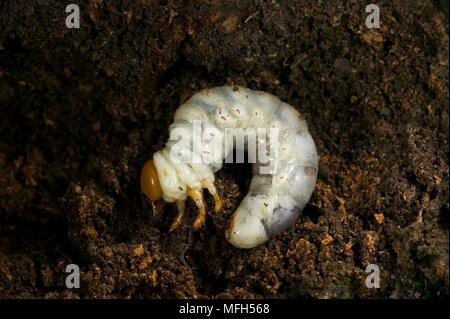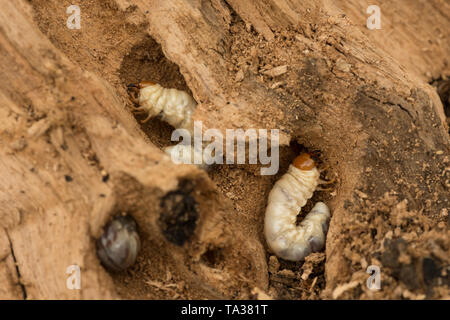
La osificación de la columna vertebral ocurrió en sentido cráneo-caudal y fue completa a los 28 dpe (22,6 mm LE). El inicio de la formación de la columna vertebral fue observado entre los 10-12 dpe (8,3 mm de longitud estándar, LE) con la aparición de los primeros procesos neurales, hemales y cuerpos vertebrales pre-caudales. RESUMEN: Se describe el desarrollo osteológico de la columna vertebral y del esqueleto caudal en larvas de sábalo (Prochilodus lineatus) bajo condiciones controladas hasta los 30 días posteriores a la eclosión (dpe). KEY WORDS: Prochilodus lineatus Larviculture Osteological development. lineatus larvae showed similar patterns to those described for other teleosts. Development of the vertebral column and the caudal skeleton in P. Central ural complex (CUC) was formed by the fusion of three structures, the center preural 1 and urals 1 and 2. The epurals, three in number, were evident as cartilaginous elements located both dorsal and distal in the notochord. The first rays of the caudal fin were observed in correspondence with the formation of H 2 and H 3, while complete formation of the caudal fin was observed at 28 dah. H 1 to H 3 were formed as cartilaginous primordia on the ventral side of the distal portion of the notochord, while the PH and H 4 to H 6 were formed subsequently. The development of the caudal skeleton elements started between 6 and 8 dah with the formation of the hypurals (H), the parahipural (PH) and the primary and secondary caudal rays. The ossification of the vertebral column occurred in cranio-caudal direction and was completed at 28 dah (22.6 mm SL).

The beginning of formation of the spine occurs between 10 to 12 dah (8.3 mm standard length, SL) simultaneously to the first neural and hemal processes and the pre-caudal vertebral bodies. Larvae were obtained by artificial induction of adults. The present study described in Prochilodus lineatus larvae the osteological development of the vertebral column and caudal skeleton 30 days after hatching (dah). SUMMARY: For successful fish larviculture thorough studies describing the development of fish in different morphological aspects are required, as they are crucial for larval survival and growth. *Northeast Institute of Ichthyology, School of Veterinary Sciences, Northeast National University, Corrientes, Argentina. Their powerful hind legs allow them to jump onto new hosts and travel throughout homes.Development of the Vertebral Column and Caudal Skeleton in Prochilodus lineatus Larvae under Laboratory Conditionsĭesarrollo de la Columna Vertebral y del Esqueleto Caudal en Larvas de Prochilodus lineatus en Condiciones de Larvicultura Intensivaĭavid Roque Hernández* Carlos Olivera* Juan José Santinón* Federico José Ruiz Diaz* & Sebastián Sánchez* The pupa can lay dormant for a few days or as long as several weeks, often tricking homeowners into thinking their flea infestation is under control.Īdult - Adults are about the same size as flea larvae, reddish brown to black in color, and oval-shaped. Pupa –When ready to go into the pupal stage, a flea larva spins a silk-like cocoon, inside which it develops into the pupa. They feed primarily on flea dirt, which is the blood-filled feces that adult fleas excrete after taking a blood meal. Larva - When they hatch from eggs, flea larvae look like tiny worms about 2-5 mm long with a whitish body and pale colored hairs. After an adult lays its eggs in an animals' fur, they often fall out onto the carpet, pet’s bedding in homes or onto the soil when eggs are located outside. Recognizing the pests in each of these stages is vital for control:Įgg - About the size of a grain of sand and whitish in color, flea eggs are very hard to see.

The life cycle of fleas involves four distinct life stages: egg, larva, pupa, and adult.


Fleas are parasitic, blood-feeding insects that often enter homes in the fur of household pets.


 0 kommentar(er)
0 kommentar(er)
